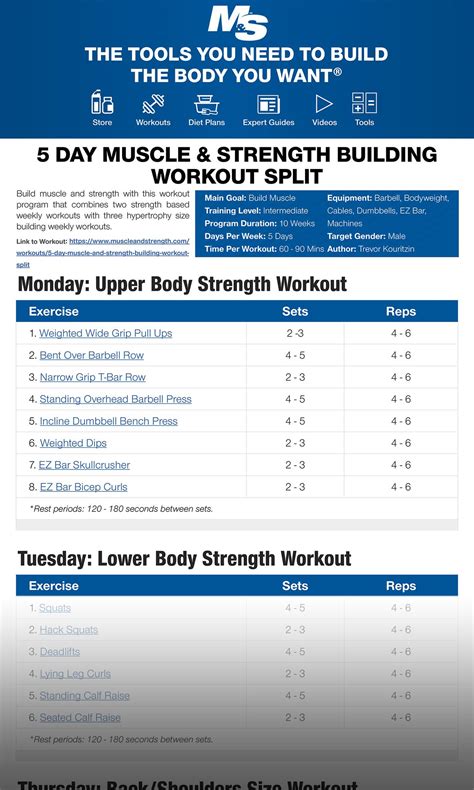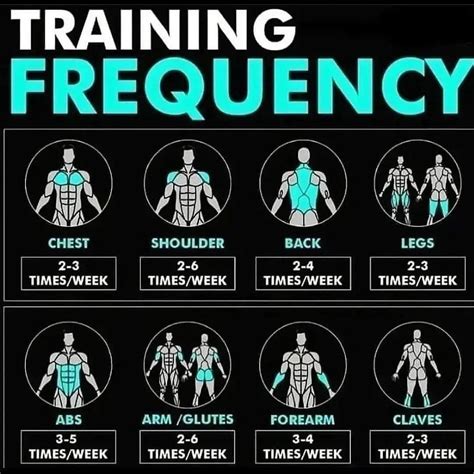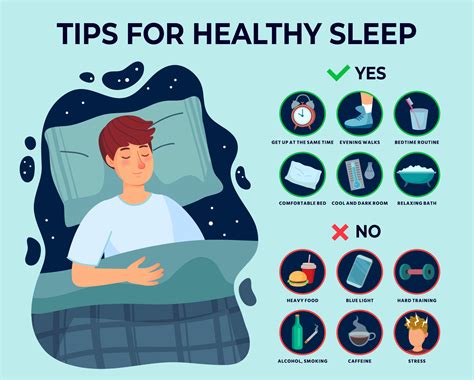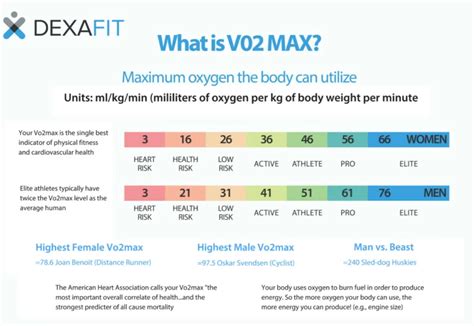Optimize your weekly routine for peak male strength & muscle gain?

Unlock Your Peak Potential: The Science of Weekly Optimization
Achieving peak male strength and substantial muscle gain isn’t just about showing up to the gym; it’s about intelligent design, consistent execution, and holistic optimization of your entire week. A well-structured routine is your blueprint for success, transforming random acts of exercise into a powerful, goal-oriented system.
This article will guide you through the critical components of an optimized weekly routine, covering training frequency, exercise selection, progressive overload, nutrition, and recovery, ensuring every effort contributes to your ultimate physique and strength goals.
The Foundation: Strategic Training Frequency and Volume
The first step in optimizing your week is to determine the ideal training frequency and volume for muscle growth (hypertrophy) and strength. For most natural lifters, hitting each major muscle group 2-3 times per week proves most effective. This allows for adequate stimulus for growth while providing sufficient recovery time.
- Full Body Workouts (2-3x/week): Great for beginners or those with limited time.
- Upper/Lower Split (4x/week): A balanced approach allowing higher volume per session for each muscle group.
- Push/Pull/Legs (PPL) (3-6x/week): Highly effective, allowing for focus on specific movement patterns.
Your choice depends on your experience, recovery capacity, and schedule. The key is consistency and ensuring enough weekly sets per muscle group (typically 10-20 direct working sets).

Exercise Selection: Compound Movements Reign Supreme
At the core of any effective strength and muscle-building routine are compound exercises. These movements engage multiple joints and muscle groups simultaneously, allowing you to lift heavier weights and stimulate greater overall growth.
- Squats: Barbell back squat, front squat
- Deadlifts: Conventional, sumo, Romanian deadlifts
- Presses: Bench press (flat, incline), overhead press
- Rows: Barbell row, dumbbell row, pull-ups/lat pulldowns
Prioritize these lifts early in your workout when your energy levels are highest. Supplement them with isolation exercises to target specific muscles or address weaknesses.
The Non-Negotiable Principle: Progressive Overload
Muscle growth and strength gains occur because your body adapts to increasing demands. This is the essence of progressive overload. If you’re not consistently challenging your muscles more than last time, you won’t grow.
Methods for progressive overload include:
- Increasing the weight lifted.
- Performing more repetitions with the same weight.
- Doing more sets.
- Decreasing rest times between sets.
- Improving exercise form and range of motion.
- Increasing training frequency.
Track your workouts meticulously. A workout log is indispensable for ensuring you’re always striving to do better than your last session. Without it, you’re essentially training in the dark.

Fueling Your Gains: Nutrition for Muscle Growth
Your efforts in the gym will be wasted without proper nutrition. To build muscle, you generally need to be in a caloric surplus (eating more calories than you burn). This surplus provides the energy and building blocks your body needs for recovery and growth.
- Protein: Aim for 1.6-2.2 grams of protein per kilogram of body weight to support muscle repair and synthesis.
- Carbohydrates: Your primary energy source. Optimize around your workouts.
- Healthy Fats: Crucial for hormone production and overall health.
- Hydration: Drink plenty of water throughout the day. Dehydration impairs performance and recovery.
Planning your meals in advance can significantly help you hit your macronutrient targets and maintain consistency throughout the week.

The Crucial Role of Recovery and Sleep
Muscles don’t grow in the gym; they grow while you rest. Recovery is just as important as training and nutrition. Failing to prioritize it will lead to burnout, stalled progress, and increased risk of injury.
- Sleep: Aim for 7-9 hours of quality sleep per night. This is when your body produces the most growth hormone and repairs tissues.
- Rest Days: Incorporate active recovery (light cardio, stretching) or complete rest days into your weekly routine.
- Stress Management: Chronic stress elevates cortisol, which can hinder muscle growth and fat loss. Find healthy ways to manage stress.

Consistency and Periodization: Your Long-Term Strategy
The most optimized routine is useless if you can’t stick to it. Consistency is the cornerstone of long-term success. Find a routine that fits your lifestyle and preferences, making it sustainable.
Additionally, consider periodization – varying your training intensity and volume over time. This helps prevent plateaus, reduces the risk of overtraining, and allows your body to recover from intense training blocks.
Sample Weekly Routine Structure (Upper/Lower Split Example)
Here’s a practical example of how you might structure a week to incorporate these principles:
- Monday: Upper Body Strength (Heavy compound lifts)
- Tuesday: Lower Body Strength (Heavy compound lifts)
- Wednesday: Active Recovery or Rest
- Thursday: Upper Body Hypertrophy (Higher reps, more volume)
- Friday: Lower Body Hypertrophy (Higher reps, more volume)
- Saturday: Active Recovery or Rest
- Sunday: Complete Rest

Conclusion: Build Your Blueprint for Success
Optimizing your weekly routine for peak male strength and muscle gain requires a disciplined, multi-faceted approach. By strategically planning your training frequency and volume, prioritizing compound movements, relentlessly applying progressive overload, meticulously fueling your body, and prioritizing recovery, you create an environment where growth is not just possible, but inevitable. Be consistent, be patient, and watch as your efforts transform into the strength and physique you desire.







